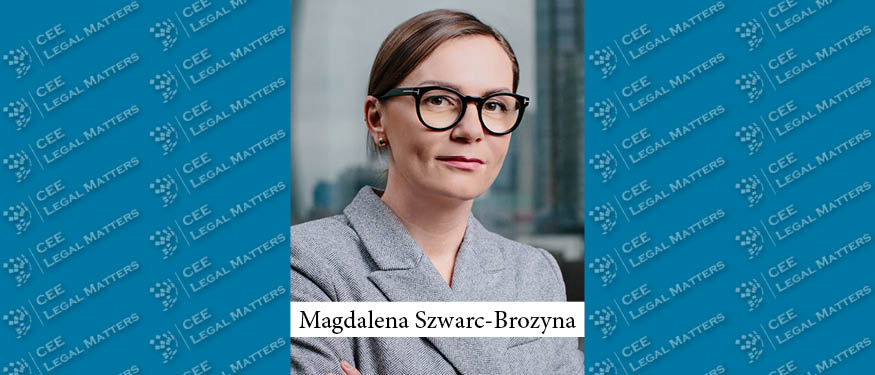Legal liability for climate change is an emerging risk for lenders in South Africa – a risk that is by no means limited to projects in the fossil fuel industry.
The exposure goes beyond coal and extends to every industry that produces greenhouse gas (GHG) emissions.
Just a few examples of industries other than coal and oil and gas where GHG emissions potentially open lenders up to this emerging risk are cement production, automotive manufacturing, and electricity generation.
The increasing importance of climate change in financial markets globally can be seen in banks reducing their exposure to certain industries, together with an upward trend in climate change-related insurance claims.
In some instances, climate change risk has resulted in delays in reaching financial close, as seen in South Africa with Thabametsi, the controversial new coal-fired power plant earmarked for the Limpopo Province. The project has been dogged by funding problems and legal challenges.
All the country’s major banks have already publicly stated their positions on the funding of new fossil fuel projects, and pressure for climate change action and greater disclosure appears to be spreading and intensifying.
There has been intense lobbying for a comprehensive climate change law in South Africa and a rise in the challenging of licensing decisions by the authorities.
Shareholder Activism on the Rise
South Africa has also witnessed an increase in shareholder activism around climate change. In 2017/ 2018, shareholders of two major corporates pushed for resolutions requiring greater disclosure from the organizations about their involvement in fossil fuels and climate change risk exposure.
Such resolutions have so far failed to attract sufficient shareholder support to pass, but it is not inconceivable that dissatisfied shareholders might look for alternative ways to challenge companies on climate change in the future.
Other drivers are growing investor consciousness over climate change as an emerging risk and concern about potential reputational harm. Because of the danger of reputational harm, companies may be more likely to agree to climate change concessions even if the criticism is not well-founded.
On the other hand, climate change activists could encounter difficulties in trying to prove that a project is contributing to climate change. Legal claims for damages have failed in America and Germany because claimants were unable to prove a causal link.
Causal Link Hard to Prove – For Now
Causation may be a limitation. It may be difficult to determine how a particular project contributes to the country’s or the global concentration of GHGs. However, that could be temporary. There may come a certain point in time when the evolution and scientific advances could tip the scales.
This has already happened in the tobacco and asbestos industries, where causation has become so well established that it is no longer necessary to prove a particular company’s products have caused harm.
Not all climate change litigation in the future will be doomed to failure though. It will become increasingly critical for lenders to manage the potential risk of climate change exposure by implementing internationally accepted mitigation measures, including the adoption and application of so-called “Equator Principles” for assessing and managing environmental and social risk in projects, the voluntary disclosures of the Task Force on Climate-Related Financial Disclosures, and the Environmental and Social Performance Standards of the International Finance Corporation.
The more effort corporations make to adopt and apply prudent practices to managing environmental and social risks, the better they will be able to manage their potential exposure. Corporates should continue with GHG-mitigation measures and seek out opportunities to increase the effectiveness of these measures.
Wandisile Mandlana, Partner, Bowmans
This Article was originally published in Issue 6.10 of the CEE Legal Matters Magazine. If you would like to receive a hard copy of the magazine, you can subscribe here.























